Côte d’Ivoire Objects

Dan passport mask, Côte d’Ivoire. Wood, copper, leather. H 16 cm. Ex Jean-Michel Huguenin, Galerie Majestic, Paris, 1991. Ex Sandro Bocola (1931-2022), Zurich. The border between Côte d'Ivoire and Liberia cuts across several ethnic groups, including the Dan, Wee, Kran, and Grebo. In Dan society, dangerous immaterial forest spirits are translated into the forms of human face masks. Whether or not they are worn, such sculptures are spiritually charged. Male performers, gle-zo, experience a dream sent by the mask spirit that allows them to dance it. In performance, the masks are integrated into the hierarchical system that governs political and religious life. Metropolitan Museum




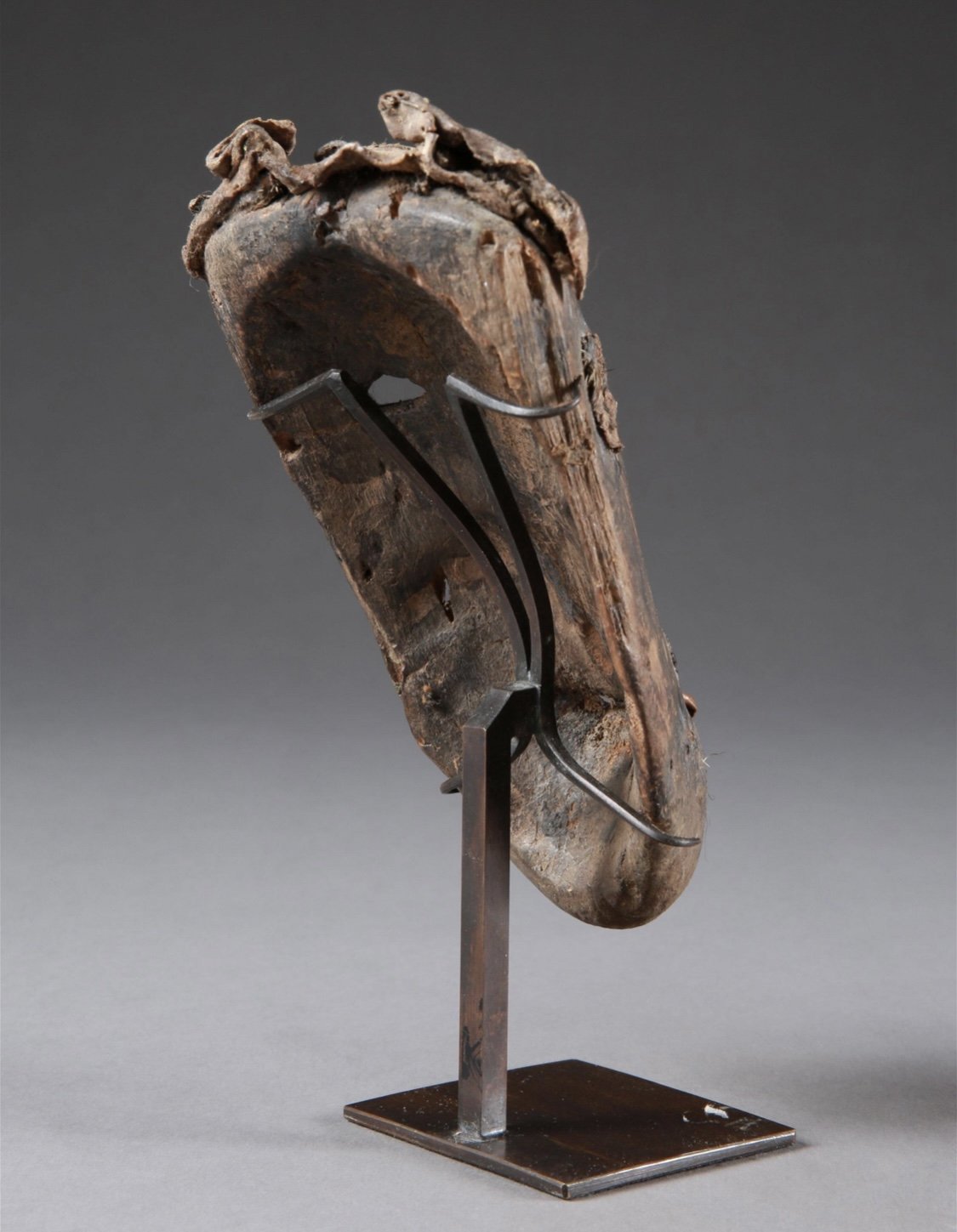

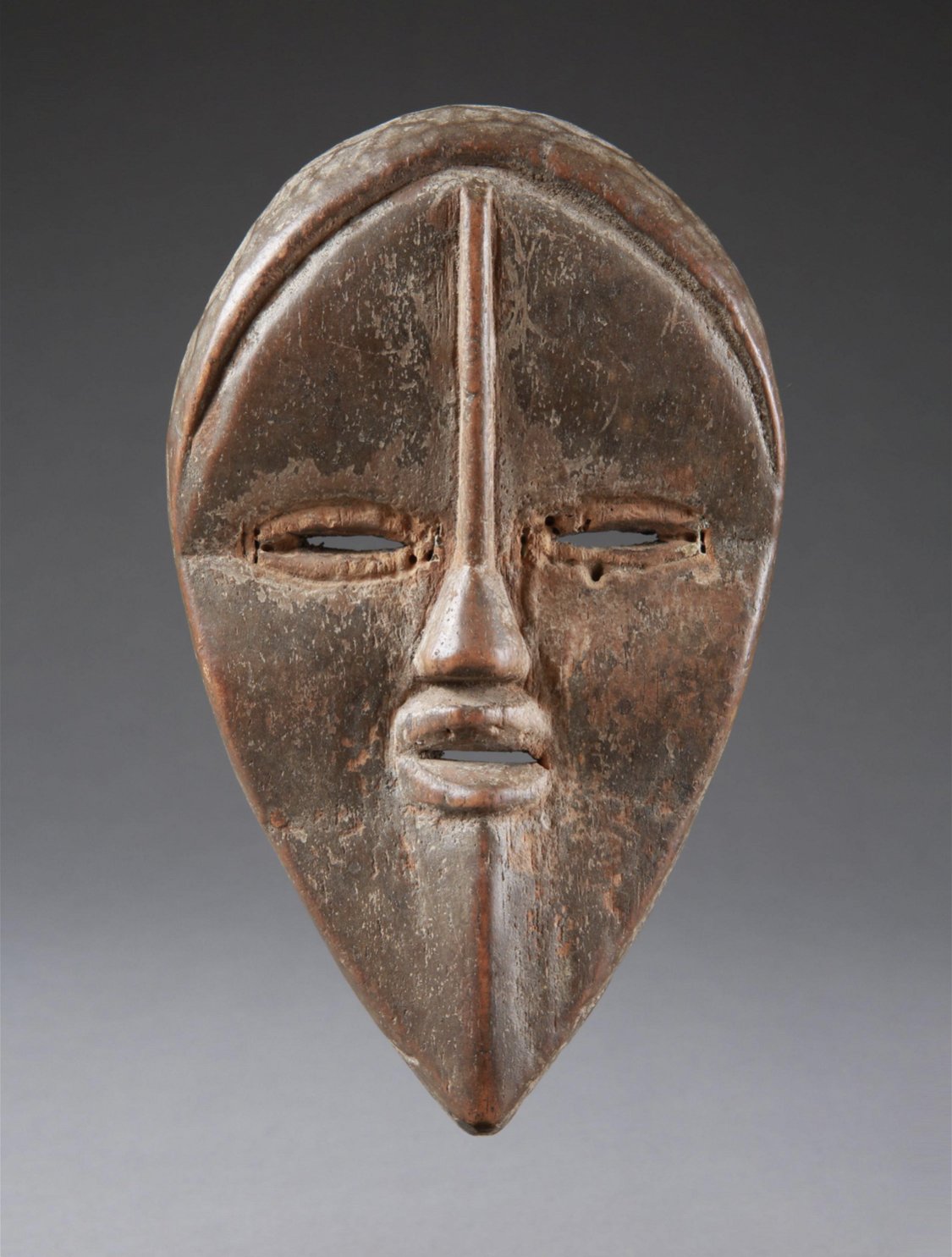
Dan “tankagle” or deangle” mask, Côte d’Ivoire. Wood, 19.5 cm H. EX Galerie l'Accrossonge, Claude Lebas, Paris, 1991. - Sandro Bocola (1931-2022), Zurich. Despite some insect damage to the inside edges, this mask still has a beautifully simple, symmetrical design with a well worn beautiful patina. Sometimes the form of a mask captures an expression or feeling that resonates- an unexpected familiarity.
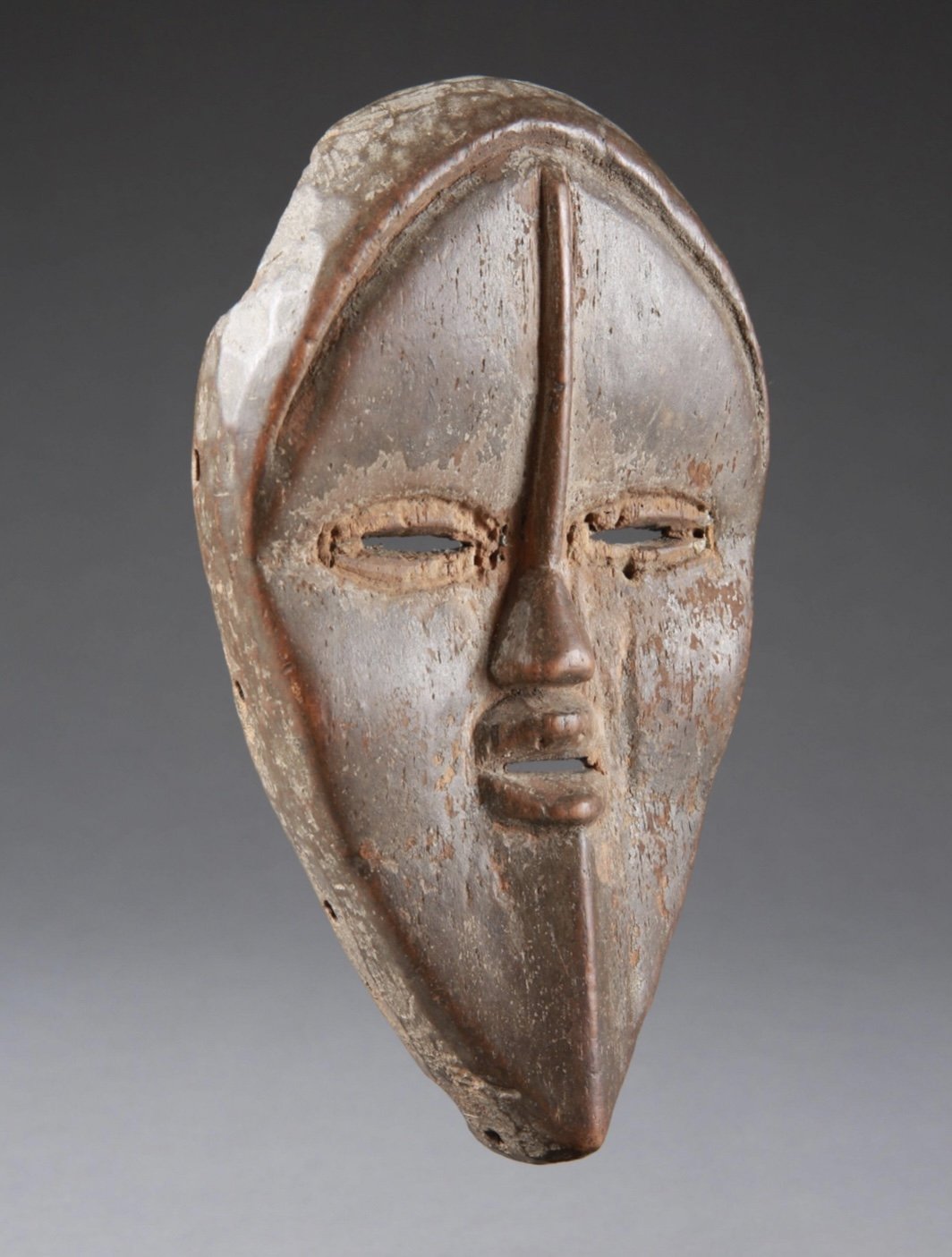
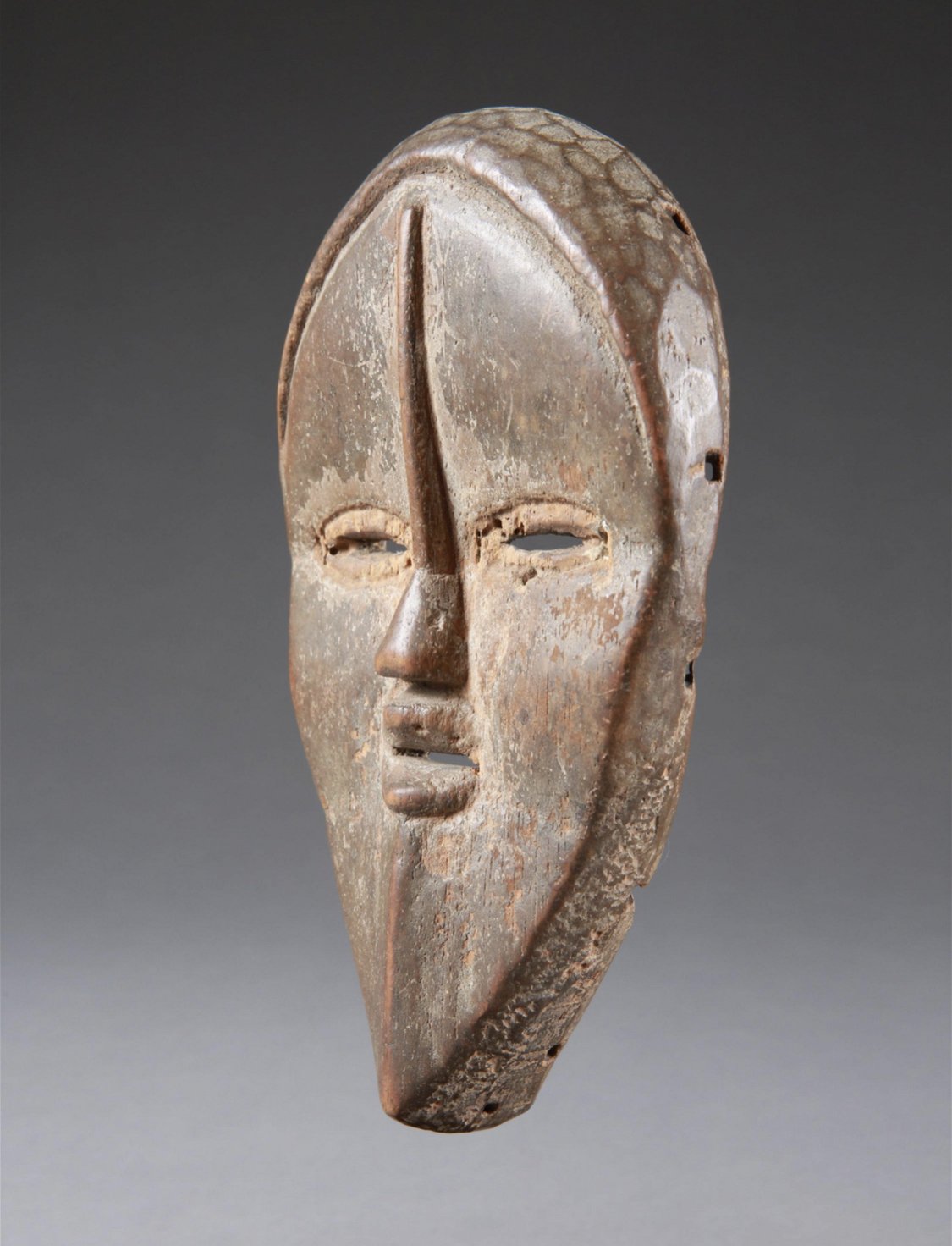

An awalé game made from a wood plank and seeds, Essikro, Côte d'Ivoire.

Senufo wooden stool, Côte d'Ivoire.
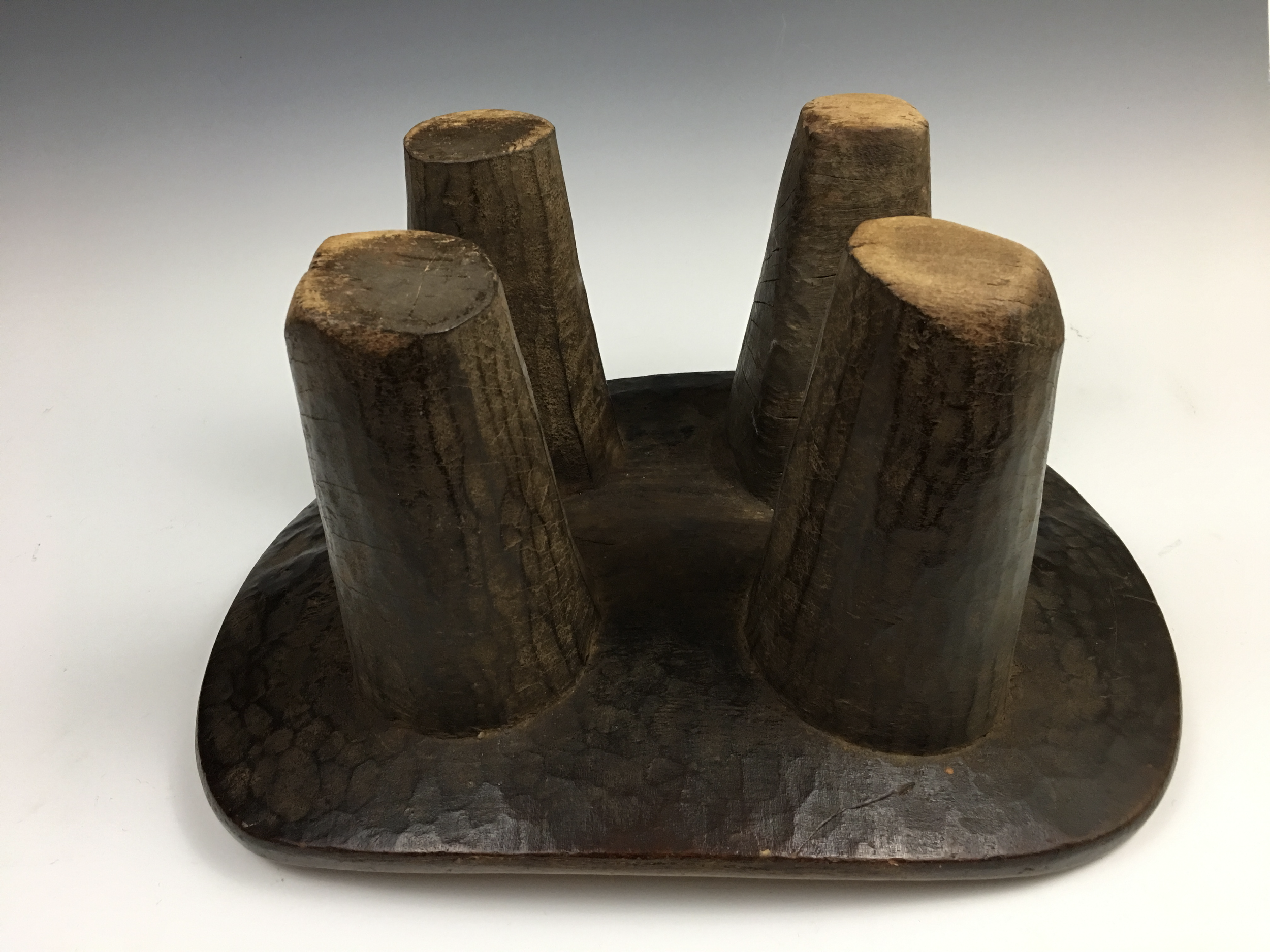

Neolithic celt, Tanda, Côte d'Ivoire.

Neolithic celt, Tanda, Côte d'Ivoire.

Neolithic celt, Tanda, Côte d'Ivoire.

Neolithic celt, Tanda, Côte d'Ivoire. Many of these celts are found while cultivating and the explanation that was told to me by a villager in Essikro, is that they are the result of lightning hitting the ground. Many believe these "thunderstones" have magical, protective properties and can be found in shrines and bought in local fetish markets as a magical material. In Material Culture and Indigenous Spiritism: the Katamansu Archaeological “Otutu” (Shrine) by Wazi Apoh & Kodzo Gavua write "Some scholars have documented that these axe-heads were exploited for their assumed medicinal and magical properties (Field 1940; Ozanne 1962; Rattray 1923; Reade 1874; Shaw 1944; Wild 1927). They have pointed out that, having invested the “thunderbolts” or “God axes” (Nyu ηmo te/Nyame Akuma) with supernatural origins, most followers and priests of indigenous religions and herbalists assign them with various medicinal and magical properties. Some of the stones were ground and mixed with water and other concoctions and given out to cure cough and digestive ailments (Wild 1927). They were also sometimes fastened against the body to cure diseases (Rattray 1923)."
Neolithic celt, Tanda, Côte d'Ivoire.

Incised amulet stone? Tanda, Côte d'Ivoire. The similarities with neolithic celts suggests that this object was made and used for protective or magical purposes.
